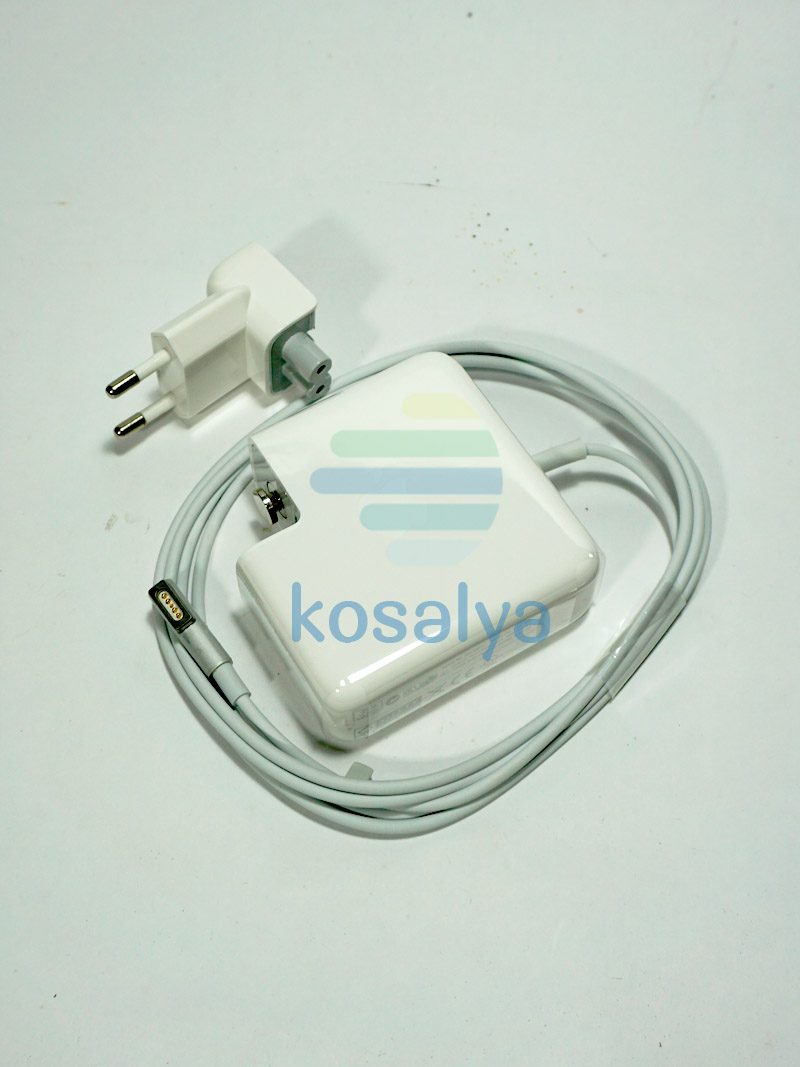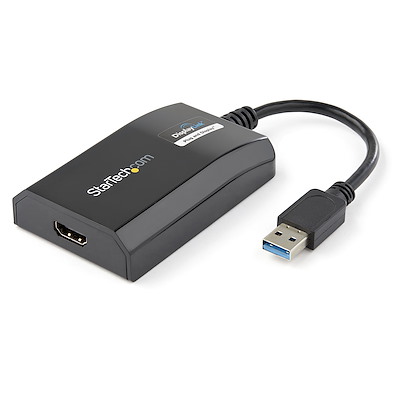

- OPTICAL/LIGHTNING CABLE ADAPTERS FOR 2010 MAC PRO HOW TO
- OPTICAL/LIGHTNING CABLE ADAPTERS FOR 2010 MAC PRO MOVIE
- OPTICAL/LIGHTNING CABLE ADAPTERS FOR 2010 MAC PRO PRO
- OPTICAL/LIGHTNING CABLE ADAPTERS FOR 2010 MAC PRO TV
If you’re satisfied with this alone, which basically makes the TV an external display, then you can call it quits here. You’ll know it works because the desktop shows up on the TV instantly like this: Some modern HDTV’s have up to 6 HDMI ports, meaning you’ll have to flip through each of them to find the proper one carrying the Macs video and audio output signal. If that doesn’t happen, you are probably on the wrong video source of the TV, so try another HDMI source. The Mac should instantly recognize the TV and extend the desktop over to the HDTV’s screen.
OPTICAL/LIGHTNING CABLE ADAPTERS FOR 2010 MAC PRO HOW TO
With everything ready, it’s time to hook everything up and get the connection going, here’s how to connect the Mac to a TV with HDMI: The Mini-DisplayPort to HDMI adapter that connects to the Mac will look something like this: The location of the video output port varies per Mac model, but it’s usually on the right-side of the MacBook Air, the left side on the MacBook Pro, and it’s always on the back of the iMac and Mac Mini.
OPTICAL/LIGHTNING CABLE ADAPTERS FOR 2010 MAC PRO PRO
If the MacBook, MacBook Air, MacBook Pro doesn’t have an HDMI port, and you have never connected anything to a Mini-Display Port or Thunderbolt Port, you’re looking for this port which requires the adapter: If the MacBook Pro has an HDMI port, you can just connect the HDMI cable to the port, this is what it looks like: Connect the Mac to the TV with HDMI & AdapterĮstablishing the initial connection is remarkably straightforward and is just a matter of physically connecting the cables to one another from the Mac to the TV. Again, note that the latest MacBook Pro models have an HDMI port, so you wouldn’t need an adapter on one of those MacBook Pro models, you can just directly connect an HDMI cable between the Mac and the TV. 15 feet is usually adequate for most cases, but if you have a gigantic room you may want a longer cable.įor the purpose of this walkthrough we’ll focus on the newer Mac models with a built-in HDMI, Mini-DisplayPort, and/or Thunderbolt ports, this guide was crafted using a MacBook Air and MacBook Pro, but the same applies to newer Mac Mini and iMac models too. If you plan to control the TV using your Mac from a distance, spend a couple extra bucks on a longer HDMI cable.

Also note that for 2010 and older Macs, the Mini-DVI to HDMI adapters do not carry audio at all, thus you will need a separate audio output option that we won’t cover here (external speakers, separate audio cable, etc). I’ve had the best experience with the Monoprice brand, but your mileage may vary. Generally, the adapters that cost a little bit more tend to be more reliable, so be sure to read the reviews and make sure that audio does indeed work for the adapter you are ordering. Note about HDMI adapters and audio support: there are many options available on Amazon and some are very cheap, many of which will not actually carry audio despite advertising that they do.

HDMI is really the best way to connect a MacBook Air, MacBook Pro, MacBook, iMac, or Mini to an HDTV screen, whatever your intended usage purpose is. The result will be the Mac exporting both video and audio signals to the TV. We’re going to focus on connecting any newer Mac to any fairly modern TV by way of a physical HDMI connection, thus, a few third party accessories will be necessary for the task.
OPTICAL/LIGHTNING CABLE ADAPTERS FOR 2010 MAC PRO MOVIE
Ever wanted to connect a Mac to a TV screen? Maybe you want to use the TV as a giant external monitor, to play games on a big screen, or just for video playback and movie streaming? It’s actually quite easy to do, and we’ll cover the entire process from start to finish.


 0 kommentar(er)
0 kommentar(er)
